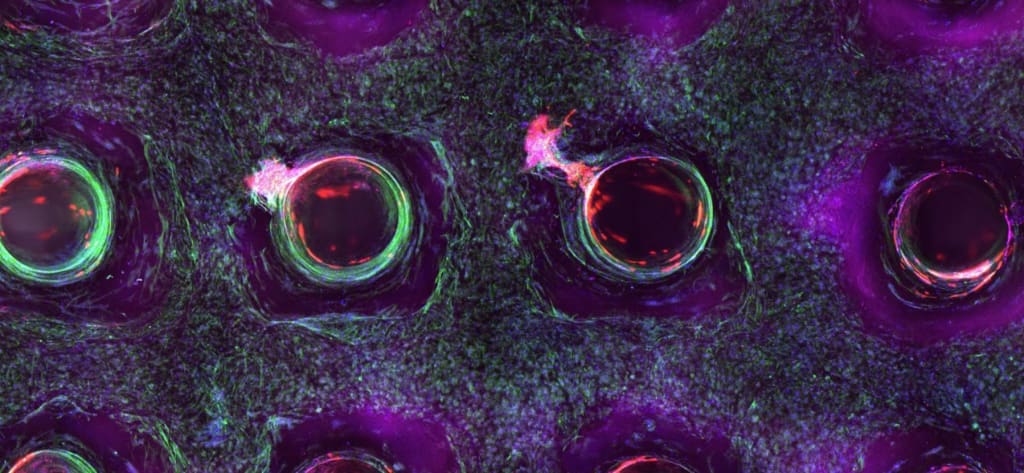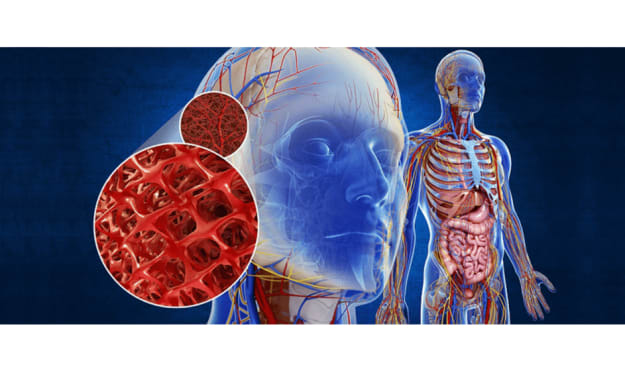Can we learn about Tissues ??
Part 2 - The Remarkable Role of Epithelial Tissue in Organizing and Protecting the Body

Title: The Remarkable Role of Epithelial Tissue in Organizing and Protecting the Body
Introduction
In the intricate functioning of our bodies, there exists a remarkable system that ensures order amidst the chaos. This system is none other than epithelial tissue, which plays a crucial role in creating boundaries, organizing, and safeguarding our bodily systems. Just like a skilled teacher keeping rowdy students in check, epithelial tissue separates and protects the various elements of our bodies. In this article, we will explore the significance of epithelial tissue in maintaining the structural integrity of our organs and the vital functions it performs to keep us healthy.
The Body's Organizing Force
Epithelial tissue, often unsung and unnoticed, serves as the body's organizer, bringing order to the complexity within. It covers and lines both the inner and outer surfaces of our body, creating partitions that ensure each organ and system has its personal space. Without epithelial tissue, we would be a disorganized mass of tissue, unable to perform essential functions.
The tissue not only interacts with the external environment through our skin but also lines the body cavities and the internal walls of organs. It forms a protective layer that shields the deeper tissues from injury or infection. By producing mucus in the stomach, for example, epithelial cells prevent the corrosive effects of digestive enzymes on the stomach lining. Remarkably, all epithelial tissues are avascular, relying on the blood supply in surrounding connective tissues for necessary resources.
Varieties and Functions of Epithelial Tissue
Epithelial tissue exists in different forms, classified based on shape and layering. Three basic shapes include squamous (flat and scale-like), cuboidal (cube-shaped), and columnar (tall and thick). The shape of the cells corresponds to their specific functions within the body.
Squamous cells, with their thin structure, facilitate the easy movement of substances across them. They are found in locations where absorption or transportation is crucial, such as the air sacs in the lungs and blood vessels.
Cuboidal and columnar cells, on the other hand, have a larger internal volume, allowing them to accommodate the machinery required for hormone secretion or mucus production. The stomach lining, for instance, comprises large columnar cells responsible for producing and secreting mucus.
Moreover, the arrangement of cells in epithelial tissue varies. Simple epithelium consists of a single layer of cells, whereas stratified epithelium has multiple layers stacked on top of each other. Pseudostratified epithelium, although mostly single-layered, appears multilayered due to variations in cell shape and nuclei position. The shape and layering of epithelial tissue dictate its specific functions and adaptations.
Protection and Permeability
Epithelial cells are polar, meaning they have distinct apical (upper) and basal (inner) sides. They form selective, semi-permeable boundaries, allowing for absorption, filtration, and excretion of substances. The tissue lining the small intestines, for instance, facilitates nutrient absorption through diffusion and active transport. Similarly, the urinary waste is filtered through epithelial lining in the kidneys.
Epithelial Tissue as Glands
Another crucial role of epithelial tissue lies in gland formation. Glandular epithelium constitutes endocrine and exocrine glands. Endocrine glands secrete hormones directly into the bloodstream or nearby cells, while exocrine glands release their products into ducts or tubes leading to the body's exterior or internal organs.
The glandular epithelium allows for the secretion of various substances, including sweat, saliva, mucus, stomach acid, and milk. These secretions are transported through ducts to reach their respective
destinations, aiding in digestion, lubrication, temperature regulation, and protection against pathogens.
Conclusion
Epithelial tissue, often overlooked, is the unsung hero responsible for maintaining the organization and protection of our body's systems. Its diverse forms and functions provide the necessary structure and support for our organs and facilitate vital processes such as absorption, secretion, and filtration. Understanding the importance of epithelial tissue not only enriches our knowledge of the human body but also reinforces the awe-inspiring nature of its intricate design. So let us appreciate the remarkable role played by these cellular custodians, ensuring our bodily systems function harmoniously, all while safeguarding us from harm.





Comments
There are no comments for this story
Be the first to respond and start the conversation.